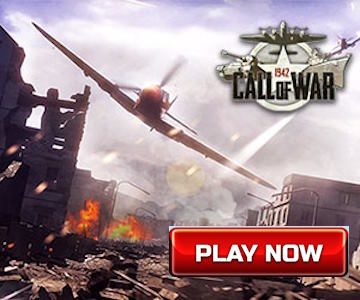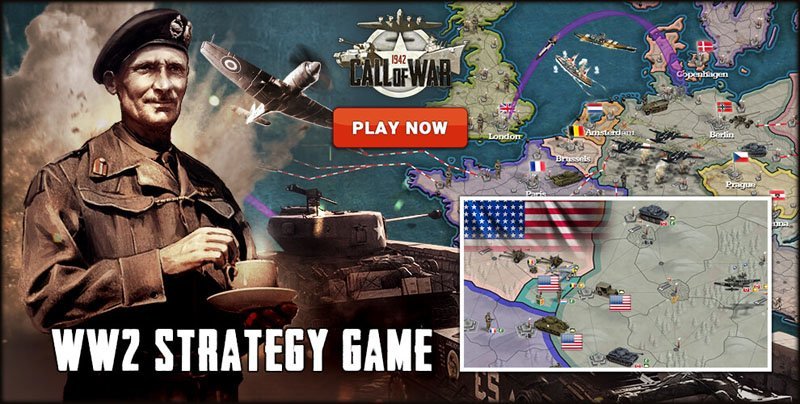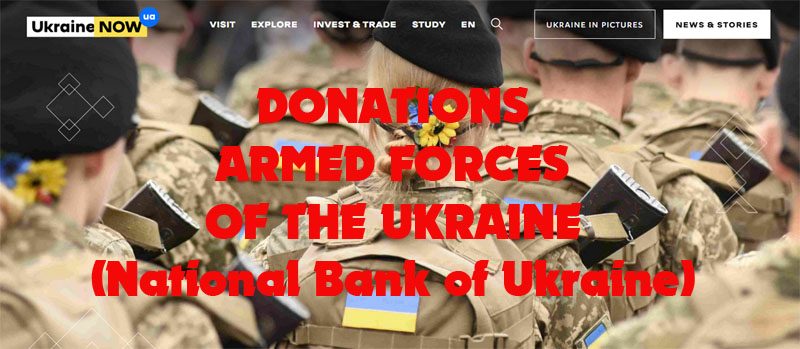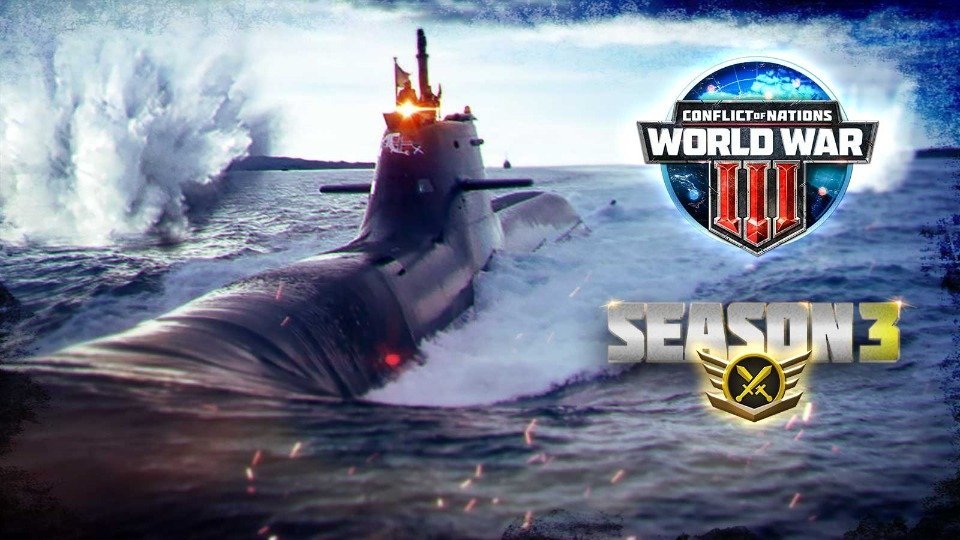WWII Sidearms of Soldiers and Officers.
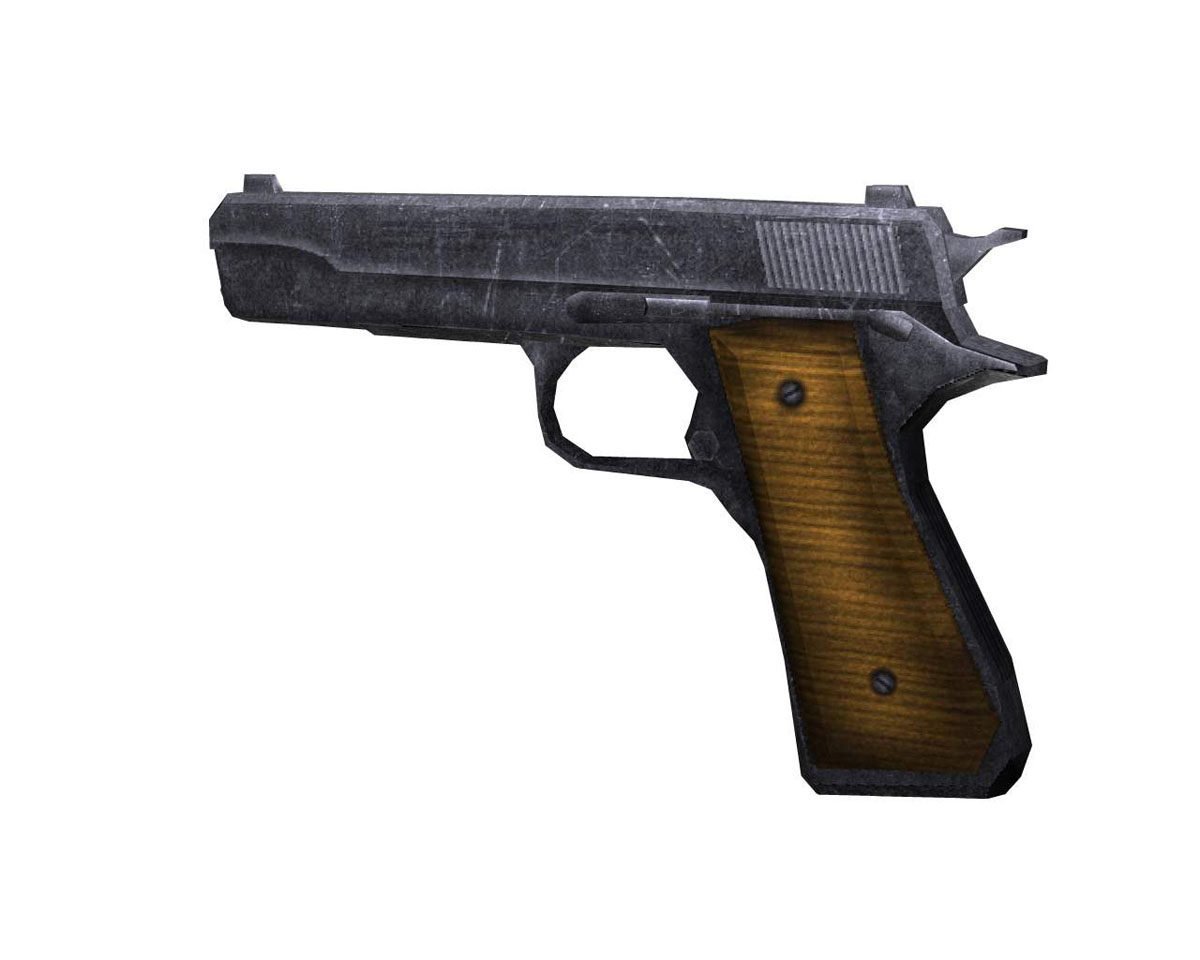
In World War II, sidearms served roles far beyond simple backup weapons. They were symbols of authority, tools for close-quarters combat, and often the difference between life and death in desperate situations. At Pathfinder Militaria, we understand that these pistols and revolvers tell stories of courage, innovation, and survival across every theater of the war.
The choice of sidearm often reflected national military doctrine, manufacturing capabilities, and battlefield requirements. While primary weapons dominated most engagements, sidearms proved crucial in urban combat, tunnel fighting, and the countless close-encounters that defined WWII’s brutal reality.
Officers vs. Enlisted Needs
Table of Contents
Military hierarchy dramatically influenced sidearm distribution and selection. Officers required weapons that projected authority while remaining practical for command duties. Enlisted personnel needed reliable tools for specific combat roles, though many soldiers never received sidearms due to production limitations and tactical priorities.
This distinction shaped how different armies approached sidearm procurement, training, and battlefield employment. The resulting diversity of guns and firearms used throughout the war reflects these varying priorities and constraints.
Standard Issue for Officers
Colt M1911 and U.S. Officer Doctrine
The Colt M1911 dominated American officer armament throughout WWII, establishing itself as perhaps the most influential military sidearm in history. Its .45 ACP cartridge delivered immediate stopping power that smaller calibers couldn’t match, making it invaluable for officers who might face desperate close-quarters situations.
American military doctrine emphasized the sidearm’s role as both a command symbol and practical weapon. Officers carried M1911s not only for personal protection but as tools for maintaining discipline and projecting authority in combat situations.
Key characteristics that made the M1911 effective:
- Stopping power – The .45 ACP cartridge could incapacitate immediately
- Reliability – Simple design functioned in harsh conditions
- Durability – Steel construction withstood combat abuse
- Familiar operation – Many American officers had civilian shooting experience
The M1911’s influence extended beyond American forces, as Allied officers often acquired these semi-automatic handguns through lend-lease programs or battlefield capture.
Walther P38 and German Officer Corps
The German Walther P38 represented advanced pistol design, featuring a double-action mechanism and improved ergonomics compared to the famous Luger P08. While the Luger remained prestigious, the P38 became the standard German service pistol due to its easier production and superior battlefield characteristics.
The P38’s design innovations influenced post-war pistol development worldwide, demonstrating how wartime requirements could drive technological advancement in military sidearms.
Sidearms for Infantry and Specialists
Tokarev TT-33 for Soviet Forces
The Soviet TT-33 fired the powerful 7.62×25mm cartridge, offering exceptional penetration against body armor and light cover. This made it particularly effective for Soviet officers and specialists operating in close-quarters urban combat situations.
The TT-33’s simple design reflected Soviet manufacturing priorities during desperate wartime conditions. Its fewer parts meant easier production and field maintenance, critical factors when producing weapons under constant enemy pressure.
Soviet doctrine emphasized the sidearm’s role for specific personnel:
- Tank crews who needed compact weapons for emergency situations
- Artillery officers coordinating fire support in forward positions
- Political officers maintaining discipline and ideological control
- Special forces conducting behind-the-lines operations
Enfield Revolvers for Commonwealth Troops
British and Commonwealth forces relied heavily on revolvers, particularly the Enfield No. 2 Mk I. These weapons offered reliable operation in harsh climates where semi-automatic pistols might fail due to sand, mud, or moisture.
The revolver’s .38 S&W cartridge provided adequate stopping power while remaining controllable for officers of varying shooting experience. More importantly, revolvers required minimal maintenance and could function reliably even when neglected under combat conditions.
Preference vs. Issue
Captured and Personalized Sidearms
Combat veterans often preferred captured weapons over standard issue, leading to widespread unofficial adoption of enemy sidearms. German Luger pistols became prized trophies among Allied forces, while German soldiers sometimes adopted captured M1911s when ammunition was available.
This practice created fascinating combinations of other handguns that reflected individual preferences and battlefield opportunities. Officers with combat experience often selected weapons based on proven performance rather than official doctrine.
Popular captured weapons included:
- Luger P08 – Prized by Allied officers for its accuracy and prestige
- Walther PPK – Compact size made it popular for concealed carry
- M1911 – German paratroopers occasionally adopted captured examples
- Various European pistols – Local weapons often supplemented standard issue
Durability and Theater Performance
Harsh Climate Survivors
Different theaters tested sidearms in extreme conditions that revealed design strengths and weaknesses. The Russian front’s extreme cold challenged lubrication systems and metallurgy, while Pacific humidity caused corrosion problems that affected weapon reliability.
Weapons that excelled in harsh conditions:
- TT-33 – Functioned reliably in extreme cold
- M1911 – Steel construction resisted corrosion
- Enfield revolvers – Simple mechanisms survived neglect
- Walther P38 – Advanced materials improved durability
These performance differences influenced post-war military thinking about sidearm requirements and led to improved materials and manufacturing techniques.
Malfunctions and Maintenance Challenges
Combat conditions revealed that complex mechanisms often failed when maintenance was impossible. Officers learned to prefer simpler weapons that could function despite neglect, leading to practical lessons about military sidearm design.
Field reports documented common problems:
- Magazine feeding issues in semi-automatic pistols
- Corrosion problems in humid climates
- Parts breakage under combat stress
- Ammunition supply challenges for non-standard calibers
These experiences influenced post-war sidearm development and emphasized the importance of simplicity in military weapons design.
Legacy of WWII Sidearm Doctrine
Post-War Military Adoption
WWII experiences directly influenced post-war military sidearm selection worldwide. The proven effectiveness of certain designs led to widespread adoption, while problematic weapons were quickly replaced or modified.
The M1911 continued serving with American forces for decades, while many European armies adopted improved versions of successful WWII designs. Soviet experiences with the TT-33 influenced their continued preference for powerful pistol cartridges.
Influence on Civilian Firearms Market
Military sidearm success translated directly into civilian popularity. Veterans returning home often sought familiar weapons, creating demand for civilian versions of military sidearms. This phenomenon established many pistol designs as enduring classics in the civilian market.
The influence extended to ammunition development, safety features, and manufacturing techniques that improved civilian firearms quality. Military reliability standards became civilian expectations, raising overall industry standards.
Conclusion
WWII sidearms evolved from simple backup weapons into essential tools that reflected national doctrine, manufacturing capability, and battlefield reality. The diversity of pistols and revolvers used throughout the conflict demonstrates how different armies adapted to varied combat requirements.
Understanding these weapons provides insight into military thinking, technological development, and the human factors that influenced combat effectiveness. Whether examining semi-automatic handguns like the M1911 and P38, or the reliable revolvers favored by Commonwealth forces, each weapon tells a story of adaptation and survival.



